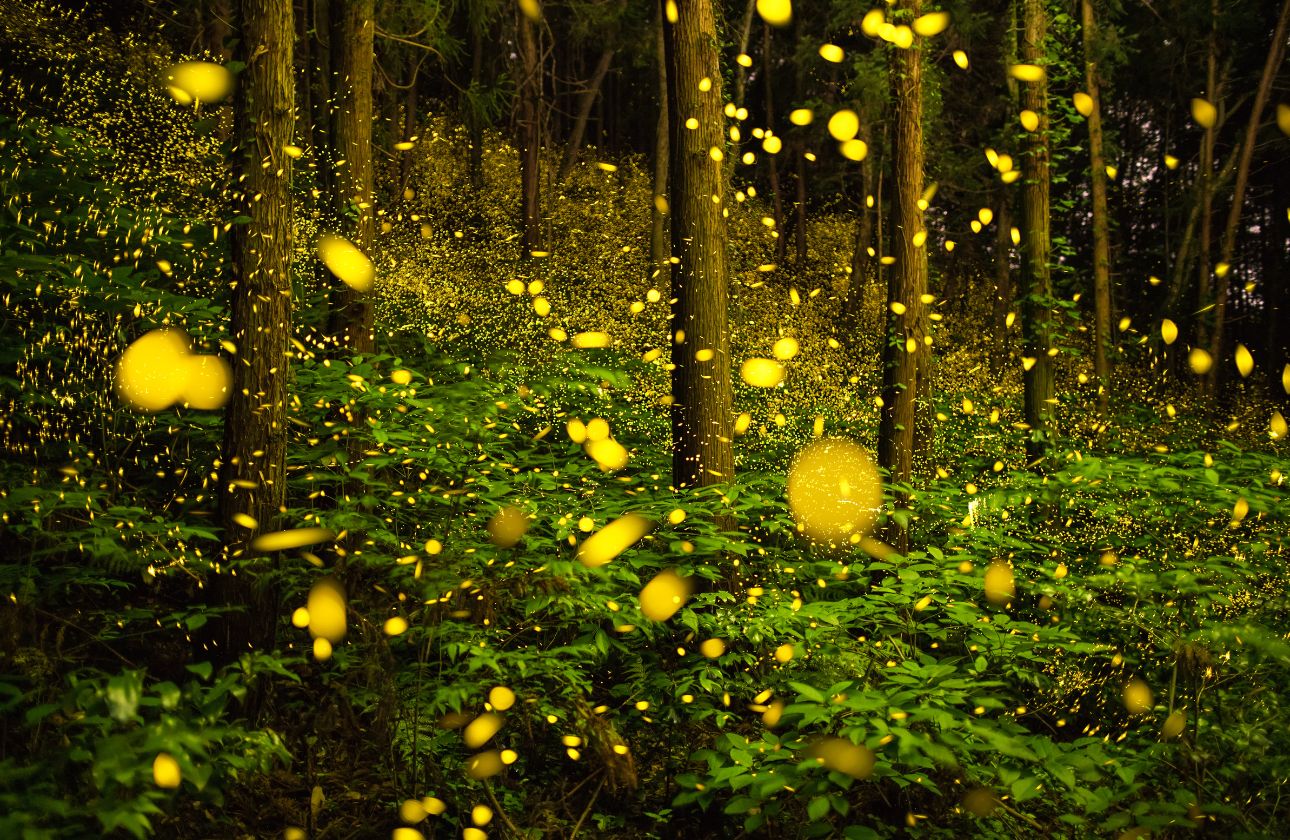Introduction to Bioluminescence
Bioluminescence is a captivating natural phenomenon that allows certain organisms to produce light. This incredible ability is primarily seen in various species of marine life, including certain types of fish, jellyfish, and plankton, as well as some terrestrial organisms like fireflies and fungi. Bioluminescence serves various purposes, such as attracting mates, deterring predators, and luring prey.
The Science Behind Bioluminescence
The glow produced by bioluminescent organisms is a result of chemical reactions involving a light-emitting molecule called luciferin and an enzyme called luciferase. When luciferin reacts with oxygen in the presence of luciferase, light is emitted. This reaction can be influenced by factors such as temperature, pH, and the presence of other substrates.
Types of Bioluminescent Organisms
- Marine Organisms: A significant majority of bioluminescent species are found in the ocean. Notable examples include the anglerfish, which has a lure that lights up to attract prey, and the dinoflagellates, which create stunning displays of blue light when disturbed.
- Terrestrial Organisms: Fireflies are perhaps the most well-known land-dwelling bioluminescent creatures, using their light to communicate with potential mates during mating seasons. Certain fungi also exhibit bioluminescence, adding an ethereal quality to forest environments.
Ecological Significance
Bioluminescence plays essential roles in ecosystems. For example, it aids in predator avoidance and can even provide a means of communication among species. In deep-sea environments, where sunlight cannot penetrate, bioluminescent organisms contribute to the food web, creating a unique dynamic in these dark habitats.
Human Implications and Research
The study of bioluminescence is not only fascinating from an ecological standpoint but also holds potential for various human applications. Researchers are exploring the use of bioluminescence in medical imaging, biotechnology, and environmental monitoring. The ability to harness these natural light-producing mechanisms could lead to innovative technologies that enhance our understanding and interaction with the natural world.
In conclusion, bioluminescent organisms present a fascinating aspect of nature that continues to intrigue scientists and nature enthusiasts alike. Their ability to produce light is not just mesmerizing but also plays critical ecological roles. As we delve deeper into the mysteries of bioluminescence, we uncover new opportunities for discovery and innovation.




Comments (0)